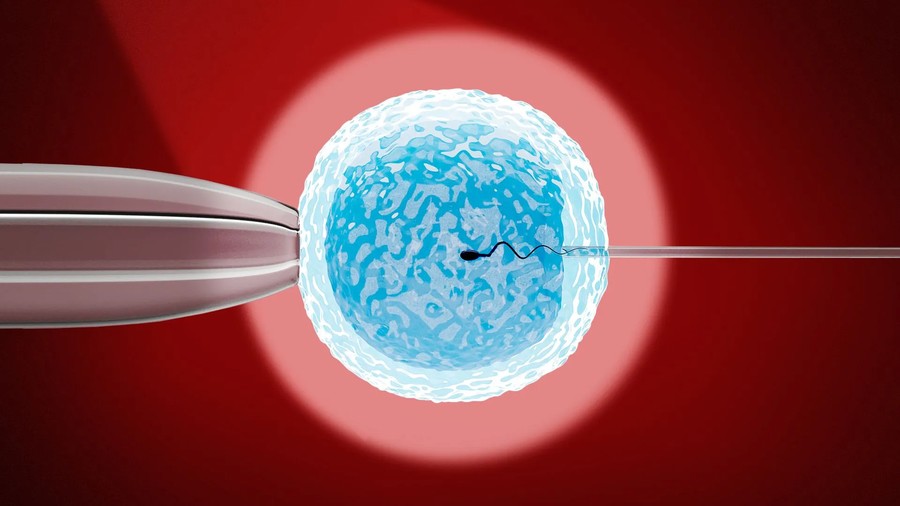In vitro fertilization (IVF) has helped millions of couples around the world achieve their dream of parenthood. If you’re considering IVF but are unsure of the process, this guide will walk you through each step, providing a clear understanding of what to expect.
What is IVF?
IVF is an assisted reproductive technology (ART) that involves fertilizing an egg with sperm outside the body in a controlled laboratory setting. The resulting embryo is then transferred into the uterus to establish a pregnancy. If you’re looking for expert guidance and personalized fertility treatments, Vrinda Fertility is committed to providing compassionate care and advanced reproductive solutions to help you on your journey to parenthood.
Who Can Benefit from IVF?
IVF is recommended for individuals or couples facing:
- Blocked or damaged fallopian tubes
- Male infertility issues such as low sperm count or poor motility
- Endometriosis
- Unexplained infertility
- Age-related fertility decline
- Genetic disorders requiring embryo screening
- Previous unsuccessful fertility treatments
Step-by-Step Guide to the IVF Process
1. Initial Consultation and Testing
The journey begins with a thorough evaluation by a fertility specialist. Tests may include blood work, ultrasound scans, and semen analysis to assess reproductive health.
2. Ovarian Stimulation
To increase the chances of retrieving multiple mature eggs, hormonal medications are prescribed to stimulate the ovaries. Regular monitoring via ultrasounds and blood tests ensures optimal follicle development.
3. Egg Retrieval (Oocyte Retrieval)
Once the follicles have matured, a minor surgical procedure is performed to retrieve the eggs from the ovaries. This is done under sedation using a fine needle guided by ultrasound.
4. Sperm Collection and Fertilization
A sperm sample is collected from the male partner or a donor. The healthiest sperm are selected and combined with the eggs in the lab for fertilization. In some cases, Intracytoplasmic Sperm Injection (ICSI) is used to inject a single sperm directly into an egg.
5. Embryo Culture and Development
Fertilized eggs (embryos) are monitored for several days in a controlled environment. The best-quality embryos are selected for transfer, while others may be frozen for future use.
6. Embryo Transfer
A selected embryo is transferred into the uterus using a thin catheter. This is a quick and painless procedure performed without anesthesia.
7. The Two-Week Wait
After the embryo transfer, the patient undergoes a waiting period of about two weeks before taking a pregnancy test. During this time, progesterone supplements may be prescribed to support implantation.
8. Pregnancy Test and Follow-up
A blood test is conducted to check for pregnancy. If successful, the patient continues regular monitoring with the fertility specialist before transitioning to routine prenatal care.
Success Rates and Factors Affecting IVF
IVF success rates depend on several factors, including:
- Age of the woman
- Quality of eggs and sperm
- Underlying fertility conditions
- Lifestyle factors such as weight, smoking, and stress levels
- The expertise of the fertility clinic
Potential Risks and Considerations
While IVF is generally safe, some risks include:
- Ovarian Hyperstimulation Syndrome (OHSS) due to excessive hormone stimulation
- Multiple pregnancies (if more than one embryo is transferred)
- Emotional and financial stress
- The possibility of IVF cycles not resulting in pregnancy
Final Thoughts
IVF has revolutionized fertility treatment, offering hope to those struggling to conceive. While the process can be emotionally and physically demanding, understanding each step can help you navigate the journey with confidence. Consulting with a trusted fertility expert and maintaining a healthy lifestyle can improve your chances of a successful outcome.
If you’re considering IVF, seek guidance from a reputable fertility center to explore your options and receive personalized care.


